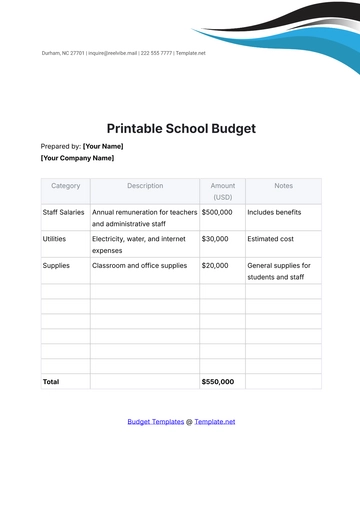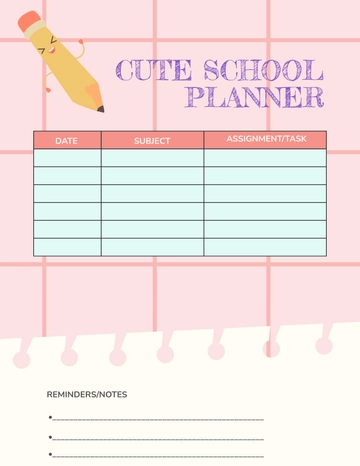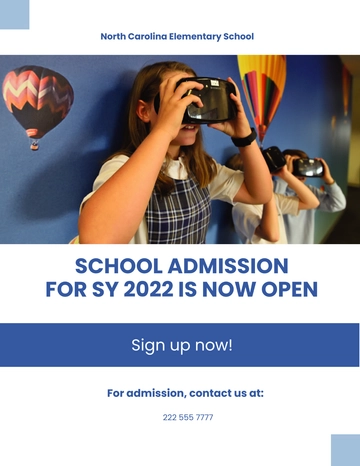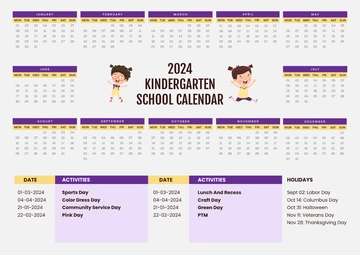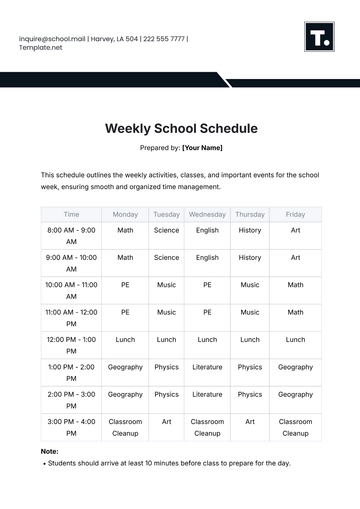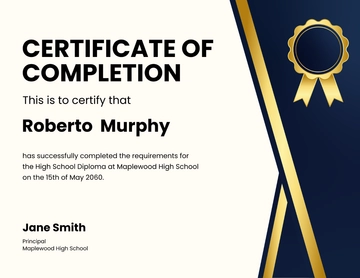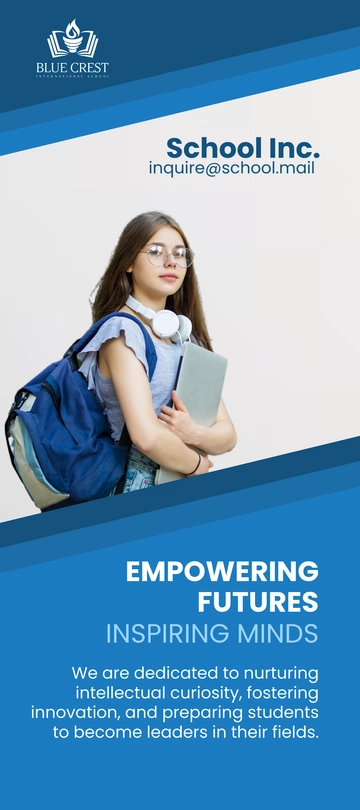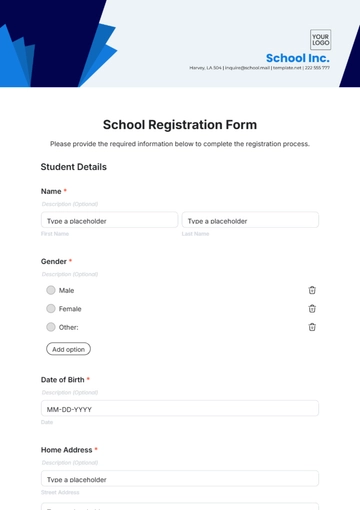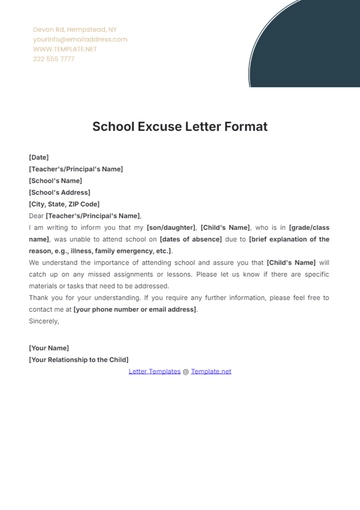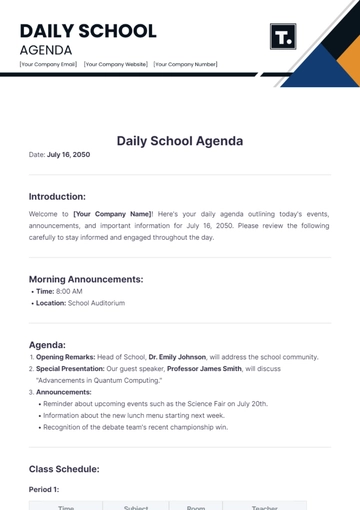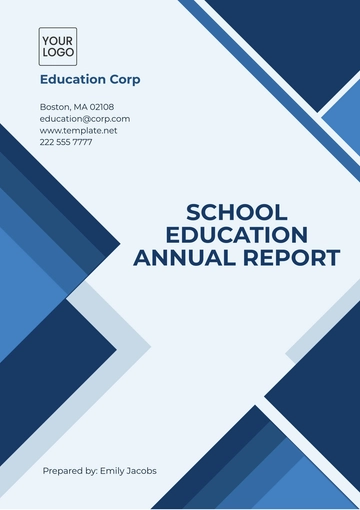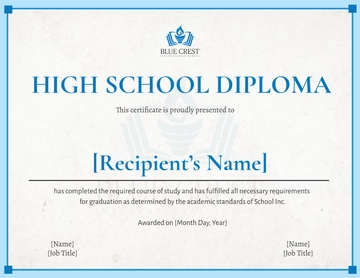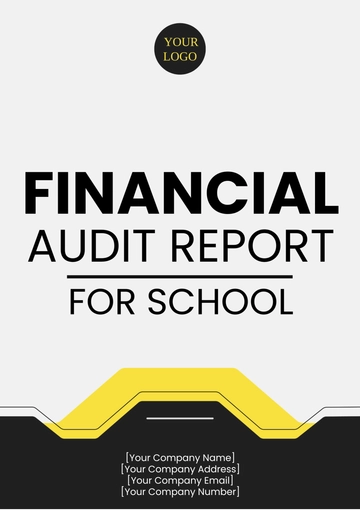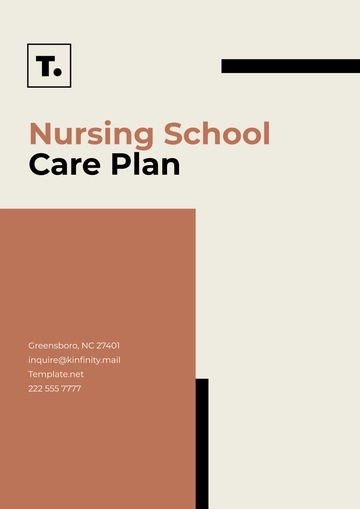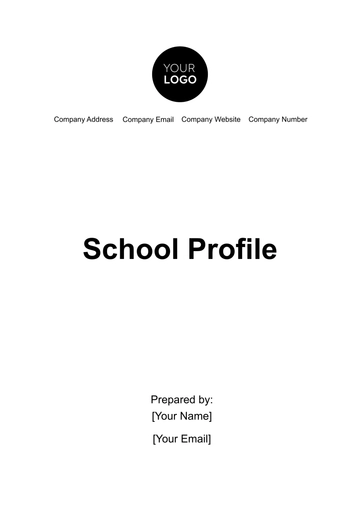Free School Growth Strategy
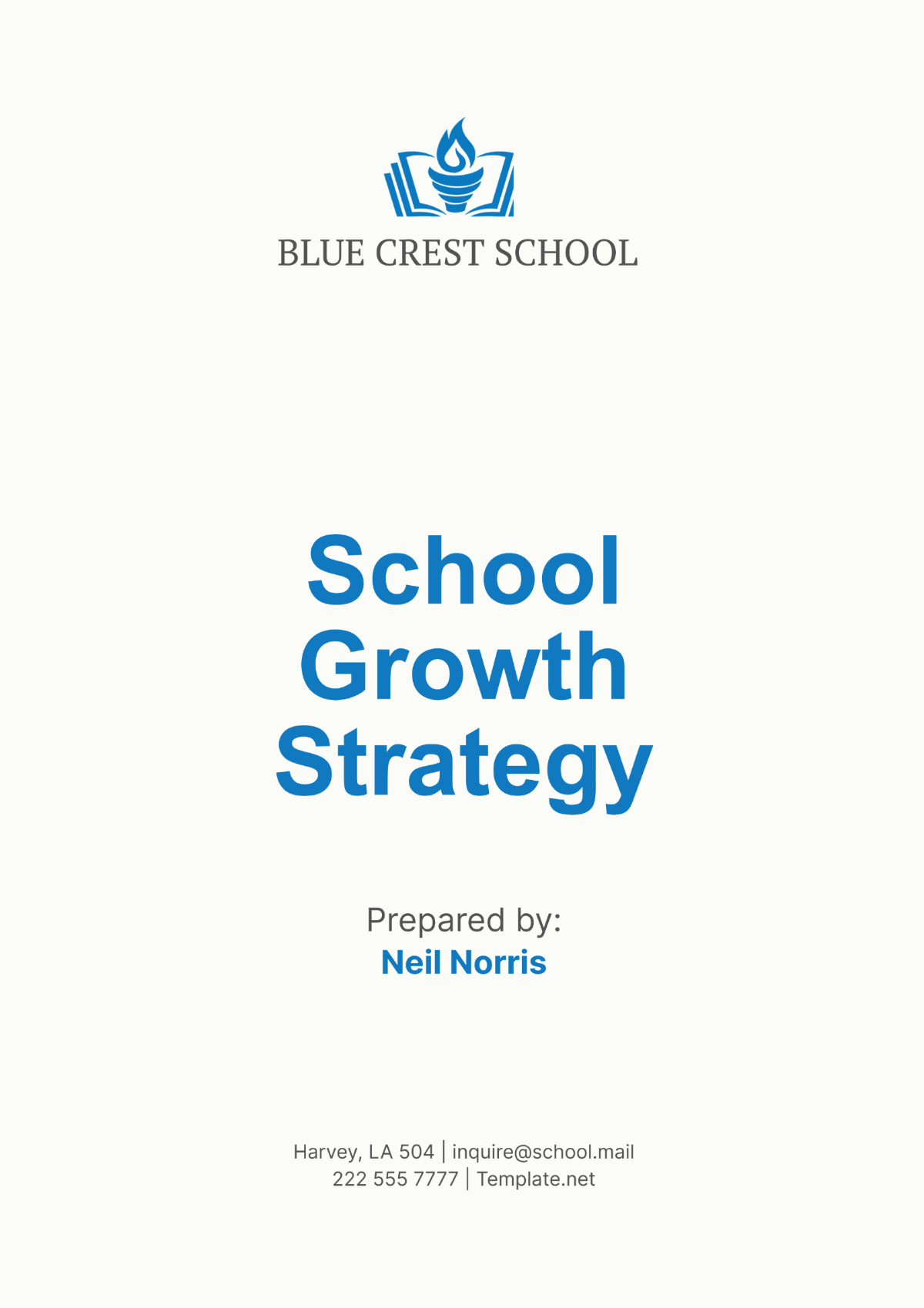
I. Executive Summary
The School Growth Strategy is designed to provide a framework for the sustainable and strategic expansion of [Your Company Name]. Our objective is to enhance educational offerings, increase student enrollment, and improve our institution's overall capabilities. This strategy encompasses marketing, academic enhancements, community engagement, and operational improvements. By addressing these key areas, we aim to create a holistic approach that will drive the growth of our school, ensuring that our educational programs remain competitive and relevant in an evolving educational landscape.
This comprehensive approach will ensure that [Your Company Name] not only attracts new students but also retains existing ones by providing a quality education and nurturing environment. We are committed to fostering an inclusive and supportive atmosphere that prioritizes student success and well-being. By implementing these strategic initiatives, we aim to solidify [Your Company Name] as a leading educational institution in the region. Our focus on continuous improvement and innovation will position us to meet the diverse needs of our students and community, ensuring long-term growth and sustainability for our school.
II. Situational Analysis
To formulate effective growth strategies, it is crucial to understand the current landscape in which [Your Company Name] operates. A thorough situational analysis has been conducted, including a SWOT (Strengths, Weaknesses, Opportunities, Threats) analysis, to provide a comprehensive view of our internal capabilities and external environment. This analysis will help identify key areas where we can leverage our strengths, address our weaknesses, capitalize on opportunities, and mitigate potential threats.
The table below outlines the key findings from our SWOT analysis, which will serve as the foundation for our strategic initiatives. By understanding these factors, we can develop targeted strategies that will drive growth and ensure the long-term success of [Your Company Name].
Strengths | Weaknesses | Opportunities | Threats |
|---|---|---|---|
|
|
|
|
III. Goals and Objectives
The primary goal of this strategy is to increase student enrollment by 20% over the next three years. Achieving this ambitious target will require a multifaceted approach, focusing on academic excellence, effective marketing, technological advancements, and strong community ties. To ensure success, we have set the following specific objectives:
1. Enhance Academic Programs to Meet Market Demand
Expand and update our curriculum to include in-demand subjects and specialized programs that cater to current job market trends and student interests.
Introduce new extracurricular activities and advanced placement courses to attract a diverse student body and enhance the overall educational experience.
2. Improve Marketing Efforts to Reach a Broader Audience
Develop a comprehensive marketing plan that includes digital advertising, social media campaigns, and community outreach to increase visibility and attract prospective students.
Update our website and promotional materials to highlight our strengths, unique programs, and success stories of our students and alumni.
3. Invest in Technology to Support Innovative Learning Methods
Upgrade our technological infrastructure to support online learning, interactive classrooms, and advanced teaching tools that enhance student engagement and learning outcomes.
Provide professional development for teachers to effectively integrate technology into their teaching methods and stay current with educational innovations.
4. Strengthen Community Engagement Through Events and Partnerships
Organize regular community events, open houses, and workshops to foster relationships with local families, businesses, and community organizations.
Develop partnerships with local businesses and institutions to create opportunities for student internships, mentorships, and collaborative projects.
These objectives will be measured using key performance indicators (KPIs) such as enrollment rates, student satisfaction, and community participation. By tracking these metrics, we can evaluate the effectiveness of our strategies and make data-driven adjustments to ensure we are on track to achieve our goal.
IV. Strategic Initiatives
We have identified several strategic initiatives to support our goals and objectives. These initiatives are designed to address our weaknesses and capitalize on our opportunities, ensuring the sustainable growth and success of [Your Company Name].
1. Academic Program Development
To enhance our academic offerings and attract a diverse student body, we will introduce new courses and specializations based on market demand and emerging trends. This includes:
Curriculum Expansion: Adding programs in high-demand fields such as STEM (Science, Technology, Engineering, Mathematics), computer science, healthcare, and environmental studies.
Specialized Programs: Creating niche programs that cater to specific interests and career paths, such as coding boot camps, entrepreneurial studies, and arts integration.
Extracurricular Activities: Expanding our extracurricular offerings to include clubs, sports teams, and arts programs that foster a well-rounded educational experience and attract students with varied interests.
2. Marketing and Outreach
Effective marketing and outreach are crucial for increasing enrollment and raising awareness about our institution. Our initiatives include:
Targeted Marketing Campaigns: Utilizing a mix of digital and traditional marketing channels to reach potential students and their families. This includes social media advertising, search engine marketing, email campaigns, and local community outreach.
Website and Branding Enhancement: Revamping our website to be more user-friendly, informative, and visually appealing. This involves highlighting success stories, showcasing facilities, and providing detailed information about our programs and faculty.
Community Outreach Programs: Engaging with local schools, community centers, and organizations through informational sessions, open houses, and workshops to build relationships and promote our school.
3. Technology Integration
Investing in state-of-the-art technology is essential to enhance teaching and learning experiences. Our initiatives include:
Classroom Technology: Equipping classrooms with the latest educational technology, such as interactive whiteboards, tablets, and virtual reality tools, to create dynamic and engaging learning environments.
Online Learning Platforms: Developing robust online learning platforms that allow for flexible learning options, including blended learning and remote education, to cater to different learning styles and needs.
Teacher Training: Providing continuous professional development for teachers to ensure they are proficient in using new technologies and can integrate them effectively into their teaching methods.
4. Community Engagement
Building strong relationships with local businesses and organizations is vital for creating a supportive network for our students. Our initiatives include:
Partnership Development: Establishing partnerships with local businesses, industries, and higher education institutions to provide students with internship opportunities, mentorship programs, and real-world experiences.
Community Events: Hosting events such as career fairs, job shadowing days, and community service projects to foster connections between students and the local community.
Alumni Engagement: Creating a robust alumni network to engage former students as mentors, speakers, and donors, leveraging their success to inspire current students and support school initiatives.
By implementing these strategic initiatives, [Your Company Name] aims to address our current weaknesses and capitalize on opportunities for growth. These efforts will help us build a stronger academic institution that not only attracts new students but also provides a high-quality, supportive, and innovative educational experience. This comprehensive approach will ensure that we meet our enrollment goals and establish [Your Company Name] as a leading educational institution in the region.
V. Implementation Plan
A structured and phased approach is crucial for the successful implementation of our School Growth Strategy. The following plan outlines the specific actions, timelines, and responsibilities necessary to achieve our goals. By dividing the implementation into three distinct phases, we can ensure a systematic and manageable process. Each phase will focus on critical aspects such as market analysis, program development, marketing efforts, technological upgrades, and community engagement. The table below provides a detailed breakdown of the implementation plan, ensuring all activities are organized and aligned with our strategic objectives.
Phase | Timeline | Actions | Responsibilities |
|---|---|---|---|
Phase 1: Initial Assessment | Months 1-3 | Conduct a market analysis to identify demand for new programs. | Academic and Marketing Teams |
Assess current marketing efforts and identify areas for improvement. | Marketing Team | ||
Evaluate existing technology infrastructure and identify needs. | IT Department | ||
Engage with community partners to explore potential collaborations. | Community Relations Team | ||
Phase 2: Development and Launch | Months 4-12 | Develop and launch new academic programs. | Academic Team |
Implement targeted marketing campaigns. | Marketing Team | ||
Upgrade technological tools and platforms. | IT Department | ||
Organize community events to build strong local connections. | Community Relations and Events Team | ||
Phase 3: Continuous Improvement | Ongoing | Monitor KPIs to measure strategy effectiveness. | Strategy and Analytics Team |
Regularly update marketing and academic programs based on feedback and market trends. | Academic and Marketing Teams | ||
Maintain robust community engagement through continuous outreach and partnerships. | Community Relations Team |
VI. Financial Plan
A well-defined financial plan is essential to support the successful execution of our strategic initiatives. This section outlines the budget required to implement the key initiatives, ensuring that [Your Company Name] has the necessary resources to achieve our goals. The financial plan includes detailed estimates of the costs associated with each initiative and identifies potential funding sources. By securing a diverse range of funding, we can maintain financial stability and ensure the long-term sustainability of our growth strategy.
The table below provides a comprehensive breakdown of the anticipated costs and funding sources for each initiative. This structured approach will help us allocate resources efficiently and ensure that all aspects of the plan are adequately funded. Regular financial reviews and adjustments will be conducted to keep the plan aligned with our strategic objectives and to respond to any unforeseen financial challenges.
Initiative | Estimated Cost | Funding Source |
|---|---|---|
Academic Program Development | $[0] | Tuition fees, Grants |
Marketing and Outreach | $[0] | School budget, Sponsorships |
Technology Integration | $[0] | Donations, Fundraising |
Community Engagement | $[0] | Partnership Contributions, Events |
VII. Monitoring and Evaluation
To ensure the strategy’s success, ongoing monitoring and evaluation are essential. Regular progress reviews will be conducted quarterly to assess the performance against the set objectives and KPIs:
Enrollment rates will be tracked and analyzed monthly.
Student and staff surveys will be conducted bi-annually to gauge satisfaction and areas for improvement.
Financial expenditures will be reviewed quarterly to ensure budget adherence.
Based on these evaluations, the strategy will be adjusted to address any emerging challenges or opportunities, ensuring that [Your Company Name] remains on track to achieving its growth targets.
The School Growth Strategy for [Your Company Name] is a comprehensive plan designed to guide our institution towards sustainable growth and enhanced educational offerings. By focusing on strategic initiatives such as academic program development, marketing and outreach, technology integration, and community engagement, we aim to increase student enrollment and improve our overall capabilities. Through careful planning, robust financial management, and continuous evaluation, we will ensure the successful implementation of this strategy. By fostering a supportive and innovative learning environment, [Your Company Name] will solidify its position as a leading educational institution, committed to excellence and the success of our students.
- 100% Customizable, free editor
- Access 1 Million+ Templates, photo’s & graphics
- Download or share as a template
- Click and replace photos, graphics, text, backgrounds
- Resize, crop, AI write & more
- Access advanced editor
Develop a successful growth plan with the School Growth Strategy Template from Template.net. This editable and customizable template helps you create comprehensive and professional growth strategies for your school. Editable in our Ai Editor Tool, it offers a user-friendly experience, making it easy to tailor to your specific needs. Ensure your school's growth and success with this essential strategy template.
You may also like
- School Admission Flyer
- School Agreement
- School Backgrounds
- School Brochure
- School Budget
- School Business Card
- School Business Plan
- School Contract
- School Flyer
- School Invitation
- School Invoice
- School Letter
- School Letterhead
- School Log
- School Logo
- School Meeting Minute
- School Memo
- School Menu
- School Newsletter
- School Plan
- School Policy
- School Proposal
- School Quotation
- School Receipt
- School Report
- School Schedule
- School Sheet
- School Presentation
- School Poster
- School Certificate
- School Banner
- School ID Card
- School Sign
- School CV
- School Program
- School Planner
- School Checklist
- School Form
- School Magazine Ad
- School Admission Form
- School Voucher
- Driving School
- School Collage

